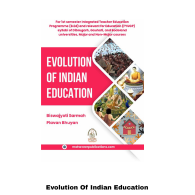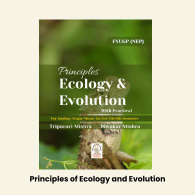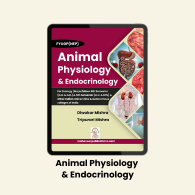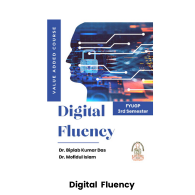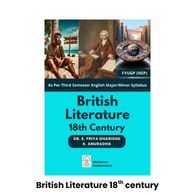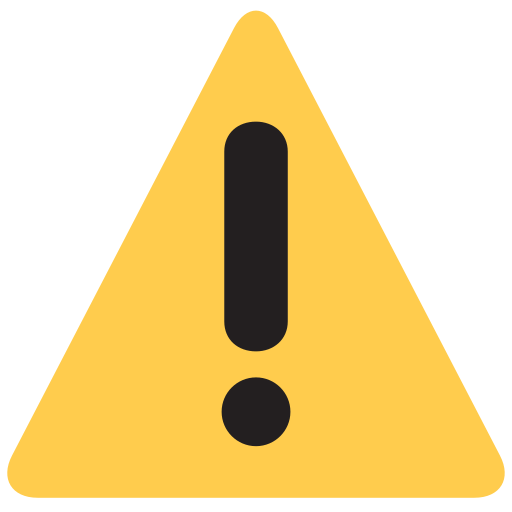? UNIT I: POLITICAL STRUCTURES (Pages 7–52)
-
1.1 Sources: Literary Texts and Others
-
1.2 Post-Gupta Politics: Vardhanas, Palas
-
1.3 Pratiharas
-
1.4 Rashtrakutas
-
? Exercise
? UNIT II: POLITICAL STRUCTURES (Continued) (Pages 53–140)
-
2.1 Chalukyas and Pallavas
-
2.2 Cholas
-
2.3 Arab Conquest of Sindh
-
2.4 Early Turkish Invasions
-
? Exercise
? UNIT III: AGRARIAN STRUCTURE, TRADE AND URBANISM (Pages 141–174)
-
3.1 Land Grant and Agricultural Expansion
-
3.2 Feudal Economy and Polity in Early Medieval India
-
3.2.1 The Feudal Debate in Post-Gupta Era
-
-
3.3 Internal and External Trade, Urban Centres
-
3.3.1 Urban Centers
-
-
3.4 Coinage and Money Economy, Merchant Guilds
-
3.4.1 Merchant Guilds of South India
-
-
? Exercise
? UNIT IV: RELIGIOUS AND CULTURAL DEVELOPMENTS (Pages 175–end)
-
4.1 Growth of Bhakti Philosophy – Alvars and Nayanars
-
4.1.1 Influence of Bhakti in Post-Gupta Era
-
4.1.2 Alvars and Nayanars
-
-
4.2 Islamic Intellectual Traditions – Al-Biruni and Al-Hujwiri
-
4.3 A Survey of Literature
-
(Royal Biographies – Charitas, technical treatises, historical texts like Rajatarangini)
-
-
4.4 Art and Architecture – Nagara, Dravida, and Vesara Styles
-
? Exercis

